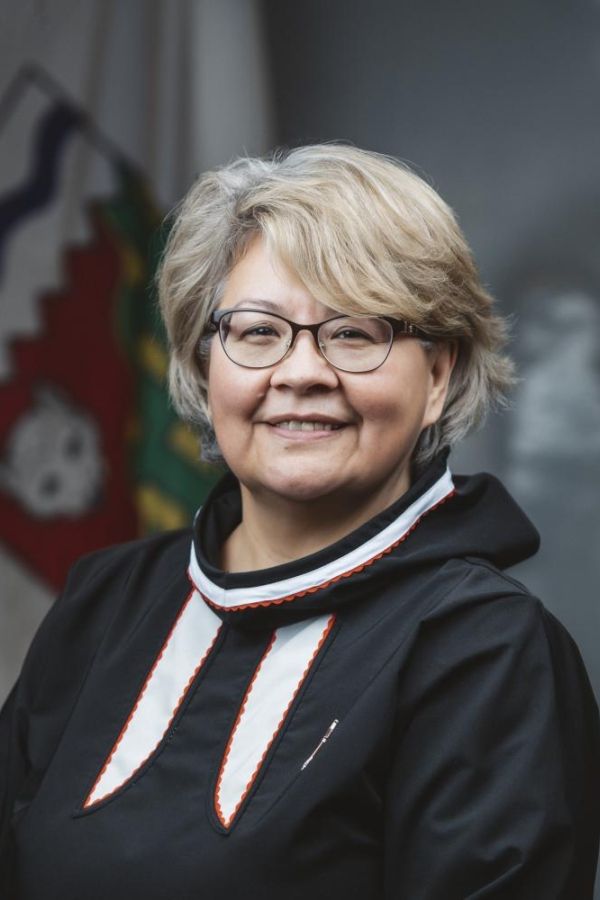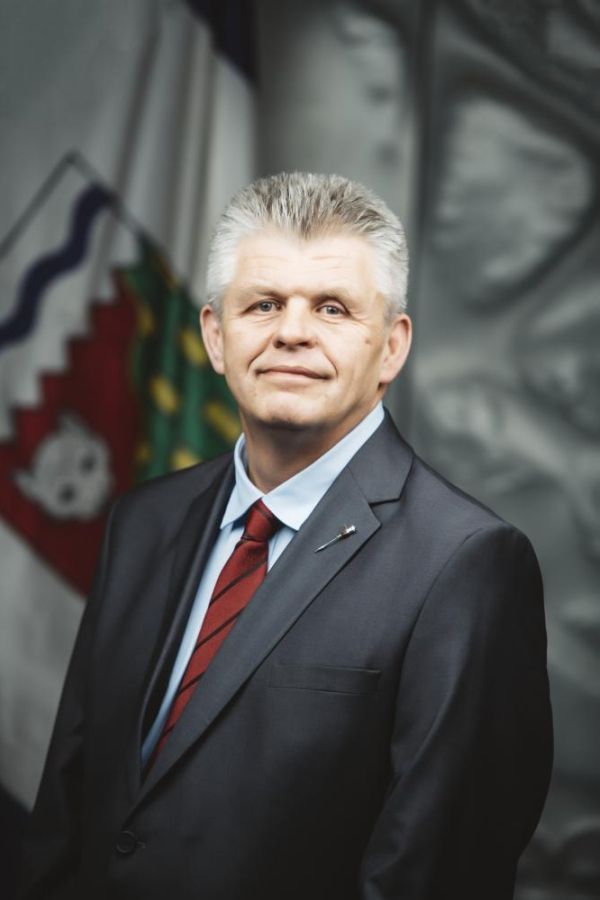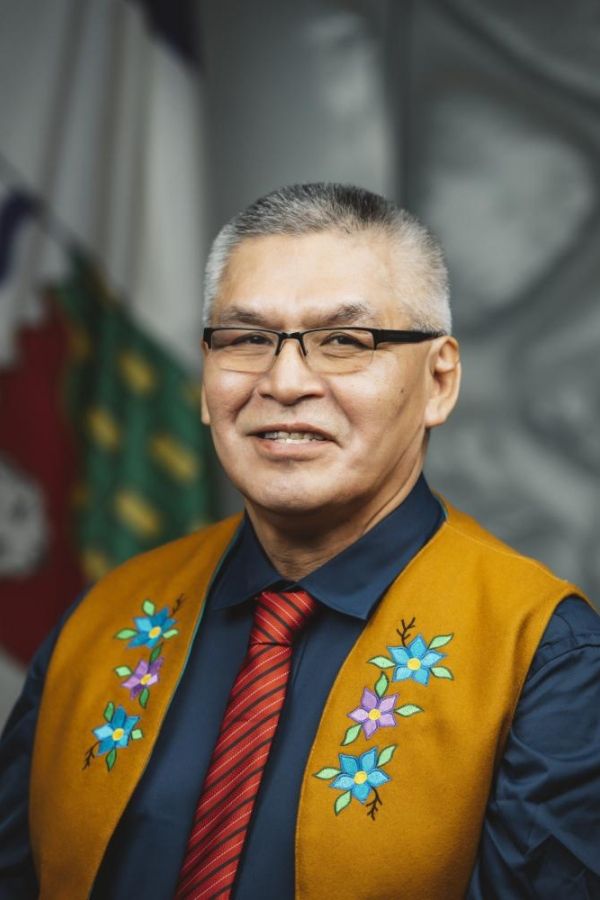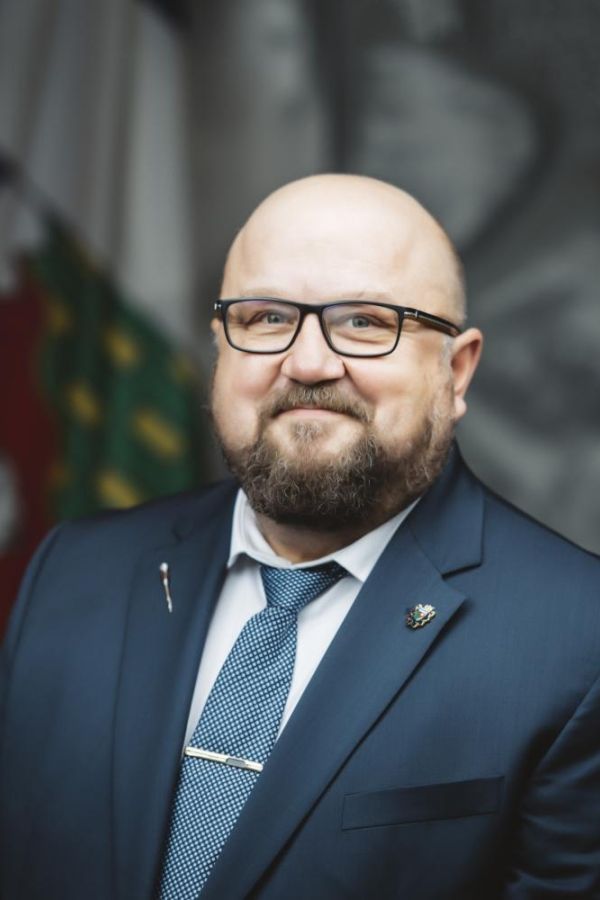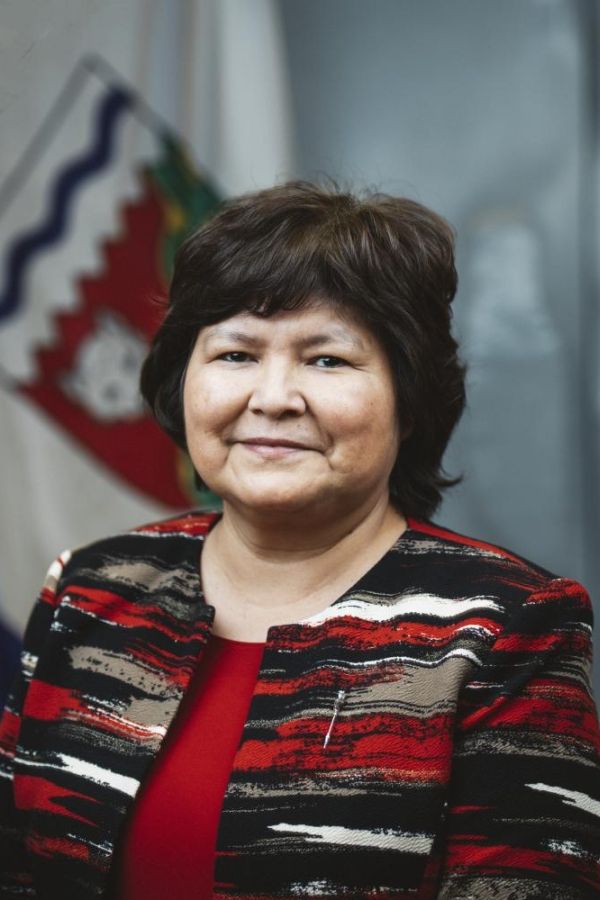Question 398-20(1): Physician Workforce Plan
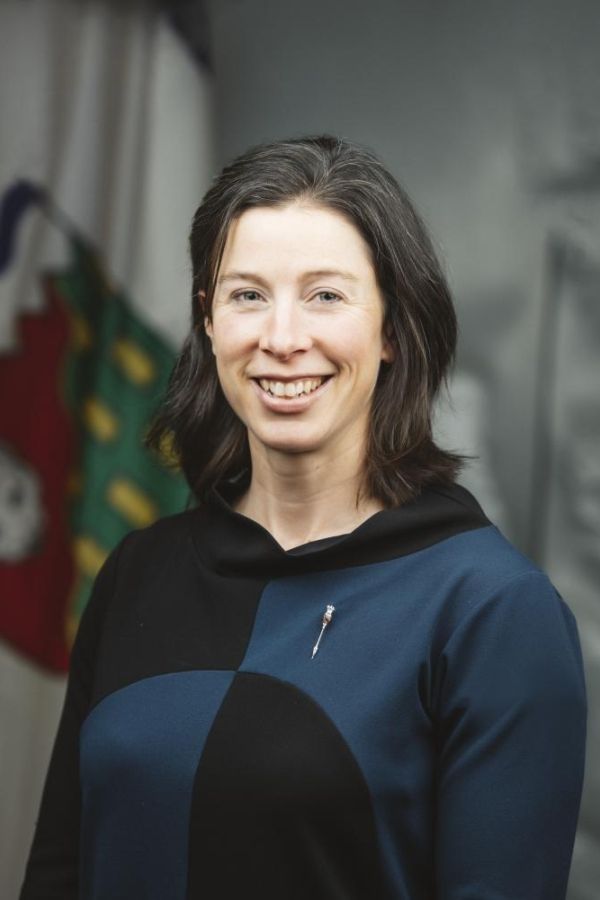
Thank you, Mr. Speaker. I have further questions for the Minister of Health and Social Services.
So there have been many attempts over the years to plan what a proper NWT health care workforce should look like. Most recently, the physician workforce plan was prepared in 2020, lays out a vision for how physicians fit into an integrated model. Now I've seen references to this plan, but I haven't read it because it's not public. So, first, to the Minister, can this workforce plan be made public? Thank you, Mr. Speaker.
Thank you, Member for Yellowknife North. Minister of Health and Social Services.

Thank you, Mr. Speaker. Mr. Speaker, as I mentioned that there are many documents that are drafted within the health and social services as we move forward, this document was created in 2020. It was used at the time and the people in the territory may be aware that we used to have a physician-centered care model in the territory. The rest of Canada, and everybody knows -- and especially in the Northwest Territories -- we want a wholistic model for the Northwest Territories. And so, you know, whether or not this report, there are many reports within the health and social services that try to guide the work that they do.
As we move towards primary care reform, you know, like I mentioned in the previous comments is that, you know, there may be pieces out of this that have been used. As to the detail and the extent of that, I'm not prepared to be able to answer those questions here on the floor today. Thank you, Mr. Speaker.

Thank you, Mr. Speaker. Can the Minister tell us if she's aware whether this 2020 physician workforce plan makes any recommendations on what would be an appropriate number of patients to assign to an integrated primary care team like the ones we have now made up of physicians, nurse practitioners, and other practitioners? Thank you, Mr. Speaker.

Thank you, Mr. Speaker. Mr. Speaker, as this is very operational on the framework, as the Minister I don't -- you know, that is not something that I -- that's not where my expertise are, as to just finding what is the right amount of numbers. I mean, in this House, you know, we've heard many people say everybody wants a doctor. Well, everybody does. And in Inuvik, you know, you can go there and depending on the time of the day, you may get a doctor, you may get to see the nurse practitioner, you may get to see the nurse. In the health centre, you may not even get a nurse because there is no nurse. And there's many communities that don't have that. And so where -- you know, where this report is or where we're moving with primary care reform, you know, we're moving forward, Mr. Speaker. We're moving forward to try and look at the model that we're using currently today in this health care system. We can say everybody needs 25, 30 doctors in every community, but is that realistic? Is that what we're going to be able to do? So we're trying to meet the needs of the residents of the Northwest Territories in the primary care reform model. And I'll leave it at that. Thank you, Mr. Speaker.

Thank you, Mr. Speaker. So it's important to consider how primary care access can be improved in the smaller communities outside regional centres, and my understanding is that a lot of work has been done to lay out what this model could look like, including in the physician workforce plan, such as having physicians be a territorial resource and assigning the same doctor or locum to a small community. So have steps been taken to implement this kind of model for physicians being used as a territorial resource to better serve smaller communities with primary care access? Thank you, Mr. Speaker.

Thank you, Mr. Speaker. And, Mr. Speaker, as I mentioned, within the primary care reform, you know, whatever tools that they had, whether it be the physician work plan, you know, I can't speak to exactly what parts or which sections or -- that are being used. But what I'm being -- you know, being advised of is that this plan is being integrated and parts of it that meet the needs of primary care reform. Thank you, Mr. Speaker.
Thank you, Minister of Health and Social Services. Final supplementary. Member from Yellowknife North.

Thank you, Mr. Speaker. Just following up on that, does the Minister have any indication -- she says steps are being taken to follow up on those ideas and models. Does the Minister have any indication as to a timeline that we're looking at for implementing this integrated primary care model in communities -- smaller communities outside Yellowknife? Thank you, Mr. Speaker.

Thank you, Mr. Speaker. Right now, as the implementation of integrated care teams, they are in Yellowknife, Fort Smith, and Fort Good Hope at this time. Thank you, Mr. Speaker.
Thank you, Minister of Health and Social Services.
Colleagues, our time is up for oral questions. Oral questions. Written questions. Member for Great Slave.
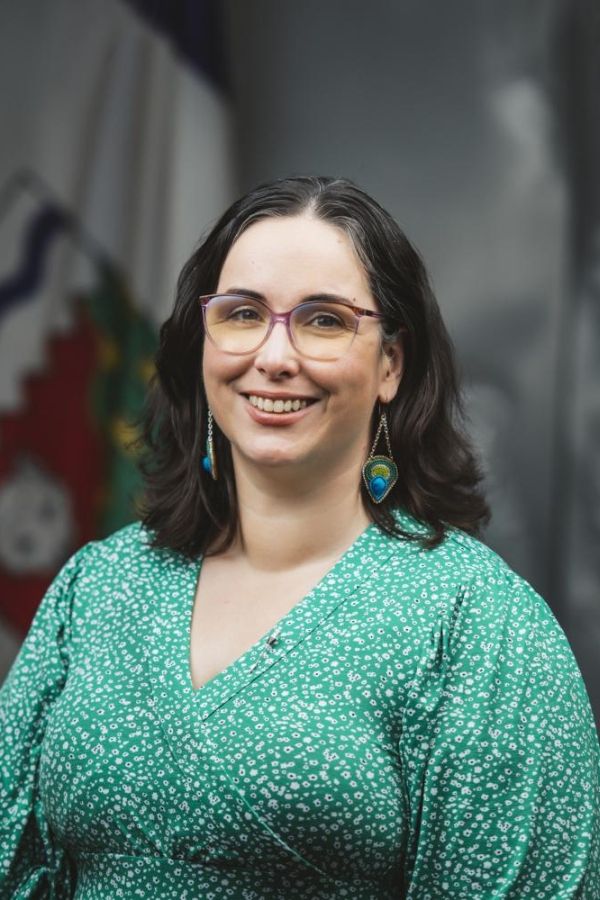
Thank you, Mr. Speaker. Improving Fertility and Family Planning Supports in the Northwest Territories.
In June 2024, 189 residents of the Northwest Territories petitioned the Legislative Assembly to direct the Minister of Finance to investigate the impacts to the territory of a declining birth rate and how it may impact population growth; the increased demand for fertility treatments for individuals and families to conceive in the Northwest Territories; and, the feasibility of providing fertility treatments at no upfront cost to the Government of the Northwest Territories by providing a territorial tax credit for individuals undergoing fertility treatments.
Although the GNWT responded that there has been a decline in the birth rate from 2013-2022, and that a decline in population, including the birth rate, would have significant implications on the territorial economy, in addition to GNWT own source revenues decreasing, the GNWT noted that it has no mechanism to track demand for in vitro fertilization or IVF.
To begin to understand the scope of the issue more fully, I have questions for the Minister of Health and Social Services: * a)
What additional resources are required to begin tracking prenatal screenings so that the GNWT can collect data on individuals struggling with infertility;
What additional resources or processes are required to allow for patients to self-report their usage of IVF supports for the purposes of data collection to better understand territorial demand for IVF;
What additional resources would allow the Department of Health and Social Services to better track the number of IVF referrals to fertility clinics provided to Northwest Territories residents each year; and,
Can the department provide a comprehensive list of fertility-related issues, which could allow for medical travel supports for residents, in comparison to other jurisdictions?
Thank you, Mr. Speaker.





